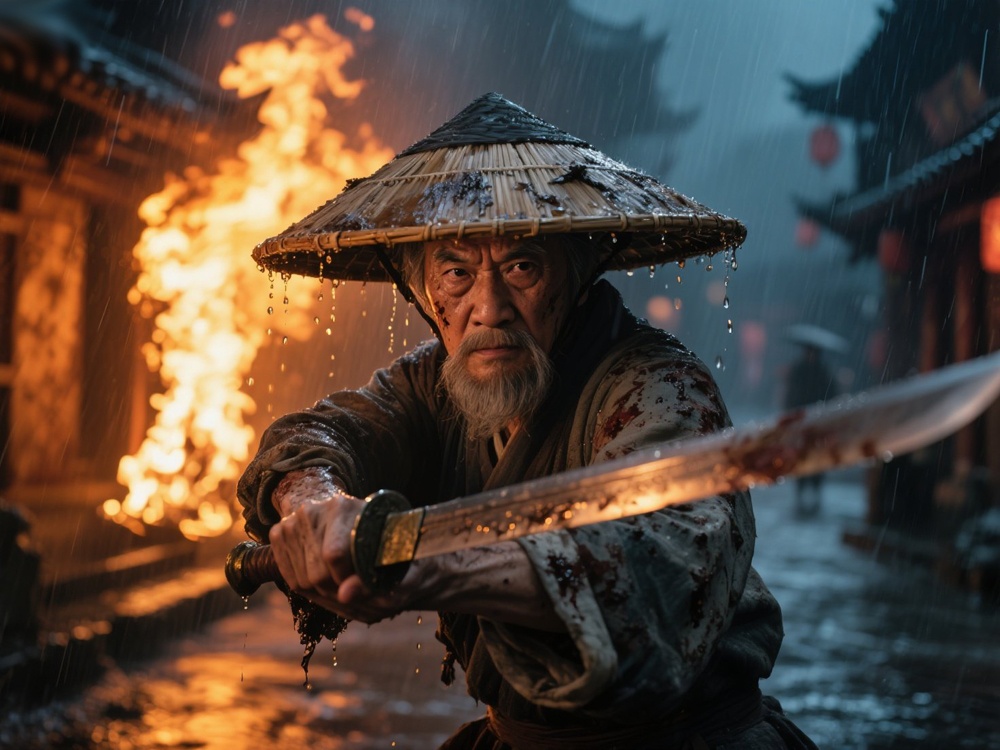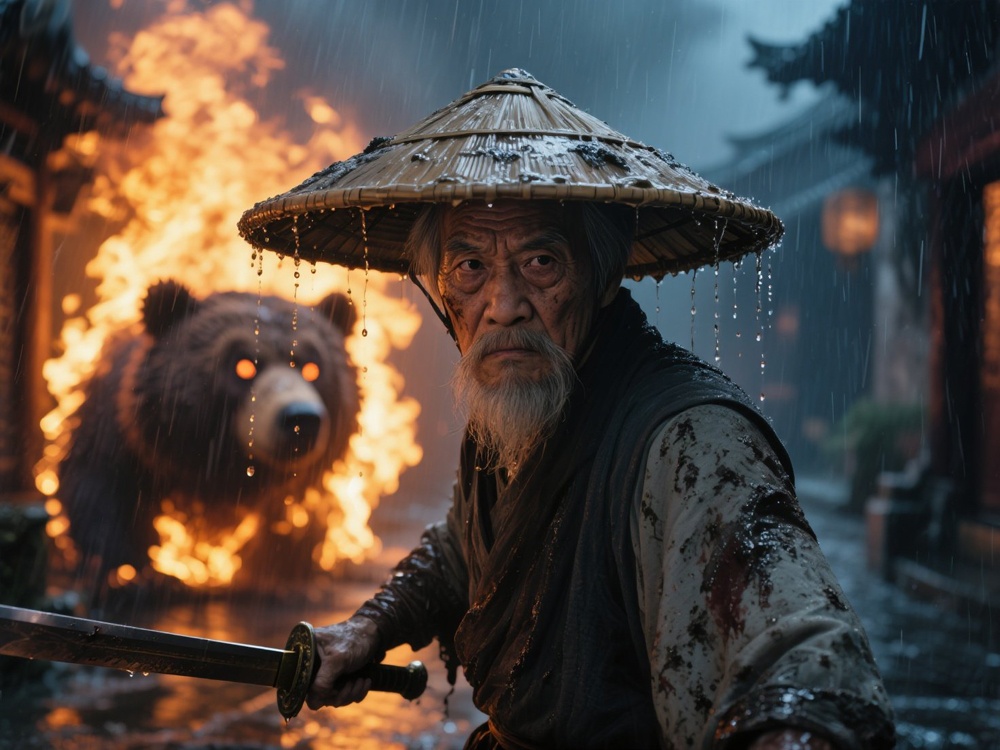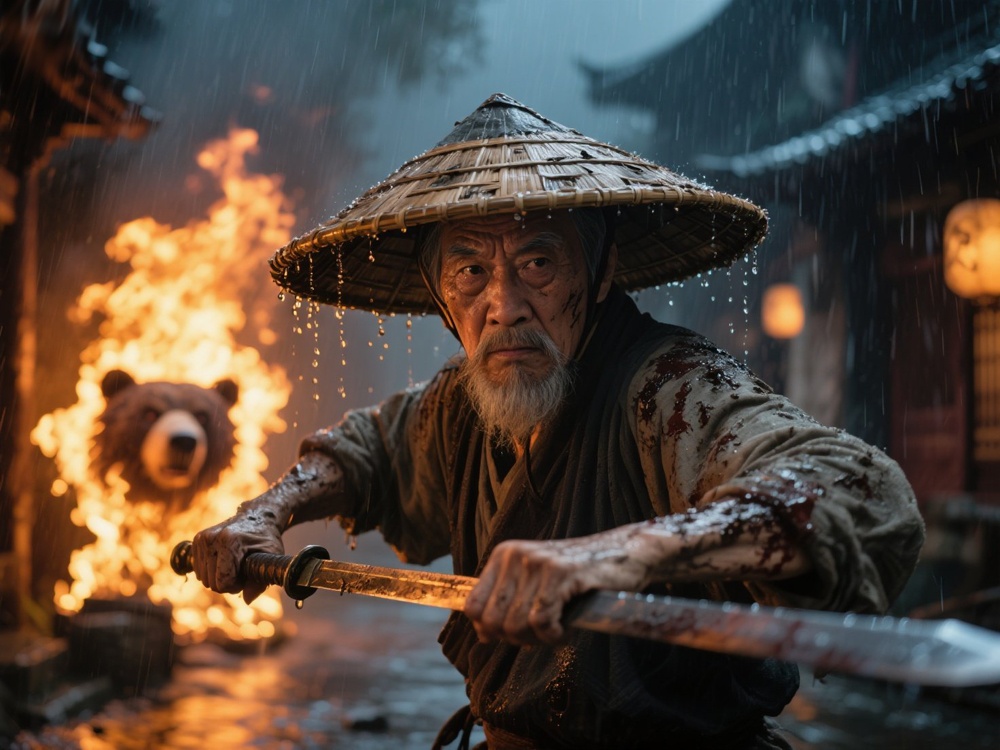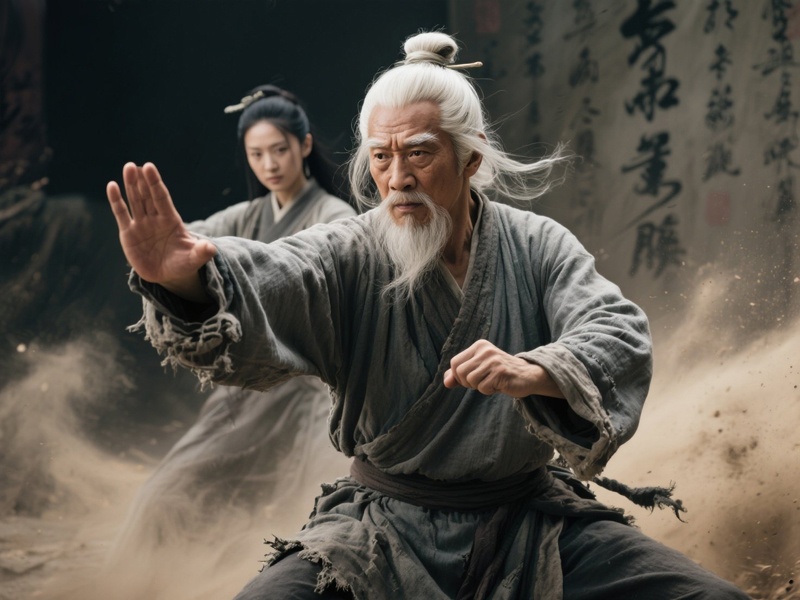Martial arts have long been a source of inspiration, discipline, and self-improvement for people around the world. Among the many styles of Chinese martial arts, Lung Ying Kung Fu (Dragon-Form Kung Fu) stands out as a unique and dynamic system that combines strength, agility, and fluidity. Known for its graceful yet powerful movements, Lung Ying Kung Fu is gaining popularity among martial arts enthusiasts seeking a blend of traditional techniques and modern practicality. In this article, we will explore the origins, key principles, and benefits of Lung Ying Kung Fu, as well as how you can start learning this fascinating martial art.

What is Lung Ying Kung Fu?
Lung Ying Kung Fu, also known as Dragon-Form Kung Fu, is a traditional Chinese martial art that draws inspiration from the movements and characteristics of a dragon. The dragon, a revered symbol in Chinese culture, represents power, wisdom, and adaptability—qualities that are central to Lung Ying Kung Fu. This style is often associated with the broader umbrella of Yong Chun Kung Fu (Eternal Spring Fist), which emphasizes fluidity, balance, and explosive power.
Lung Ying Kung Fu is characterized by its circular, coiling movements, which mimic the flowing nature of a dragon. Practitioners learn to harness their strength, improve their coordination, and develop a deep understanding of body mechanics. The style also incorporates elements of internal energy cultivation, making it a holistic practice for both physical and mental well-being.
The History and Evolution of Lung Ying Kung Fu
The origins of Lung Ying Kung Fu can be traced back to the Southern Shaolin Temple, where it was developed as one of the core styles of Yong Chun Kung Fu. Over time, the art evolved to incorporate influences from other martial arts, including Northern Shaolin techniques, resulting in a unique blend of hard and soft styles. Lung Ying Kung Fu was later popularized by Grandmaster Ip Man, who also played a significant role in the development of modern Wing Chun.
Today, Lung Ying Kung Fu is taught in schools and dojos worldwide, attracting practitioners who appreciate its combination of traditional martial arts philosophy and practical self-defense techniques.
Key Principles of Lung Ying Kung Fu
Circular Motion: Lung Ying Kung Fu emphasizes circular, flowing movements that allow practitioners to redirect force rather than meet it head-on. This principle is rooted in the idea of harmony and efficiency, enabling practitioners to conserve energy while delivering powerful strikes.
Balance and Stability: The style places a strong emphasis on maintaining balance and stability during movement. Practitioners learn to shift their weight smoothly and maintain a solid foundation, which is essential for executing techniques with precision.
Internal Energy (Chi): Lung Ying Kung Fu incorporates internal energy cultivation through breathing exercises and Qigong practices. This focus on internal strength enhances overall health, mental clarity, and physical power.
Practical Self-Defense: While Lung Ying Kung Fu is deeply rooted in tradition, it also prioritizes practicality. Techniques are designed to be applied in real-world self-defense situations, making it a valuable skill for modern practitioners.
Why Learn Lung Ying Kung Fu?
Physical Fitness: Lung Ying Kung Fu is an excellent way to improve strength, flexibility, and cardiovascular fitness. Its dynamic movements and fluid forms challenge the body in a balanced way.
Mental Discipline: Like other martial arts, Lung Ying Kung Fu fosters mental discipline, focus, and stress relief. The practice of forms and techniques requires concentration and mindfulness, making it a holistic practice for the mind and body.
Self-Defense Skills: The practical nature of Lung Ying Kung Fu makes it an effective self-defense system. Practitioners learn to neutralize threats with precision and efficiency.
Cultural Connection: Learning Lung Ying Kung Fu offers a deeper understanding of Chinese martial arts and culture. It is a way to connect with the rich history and philosophy of Kung Fu.
How to Start Learning Lung Ying Kung Fu
If you’re interested in learning Lung Ying Kung Fu, here are some steps to get started:
Find a Reputable Instructor: Look for a qualified Sifu (teacher) with experience in Lung Ying Kung Fu. A good instructor will emphasize proper technique, safety, and the philosophy behind the art.
Start with the Basics: Most Lung Ying Kung Fu schools begin with foundational training, including stances, footwork, and basic strikes. These building blocks are essential for mastering more advanced techniques.
Practice Regularly: Consistency is key to progressing in any martial art. Dedicate time to practice forms, drills, and self-defense techniques regularly.
Study Forms (Kata): Lung Ying Kung Fu forms are designed to teach movement patterns, balance, and coordination. Learning these forms is a cornerstone of the practice.
Engage in Sparring: Sparring










